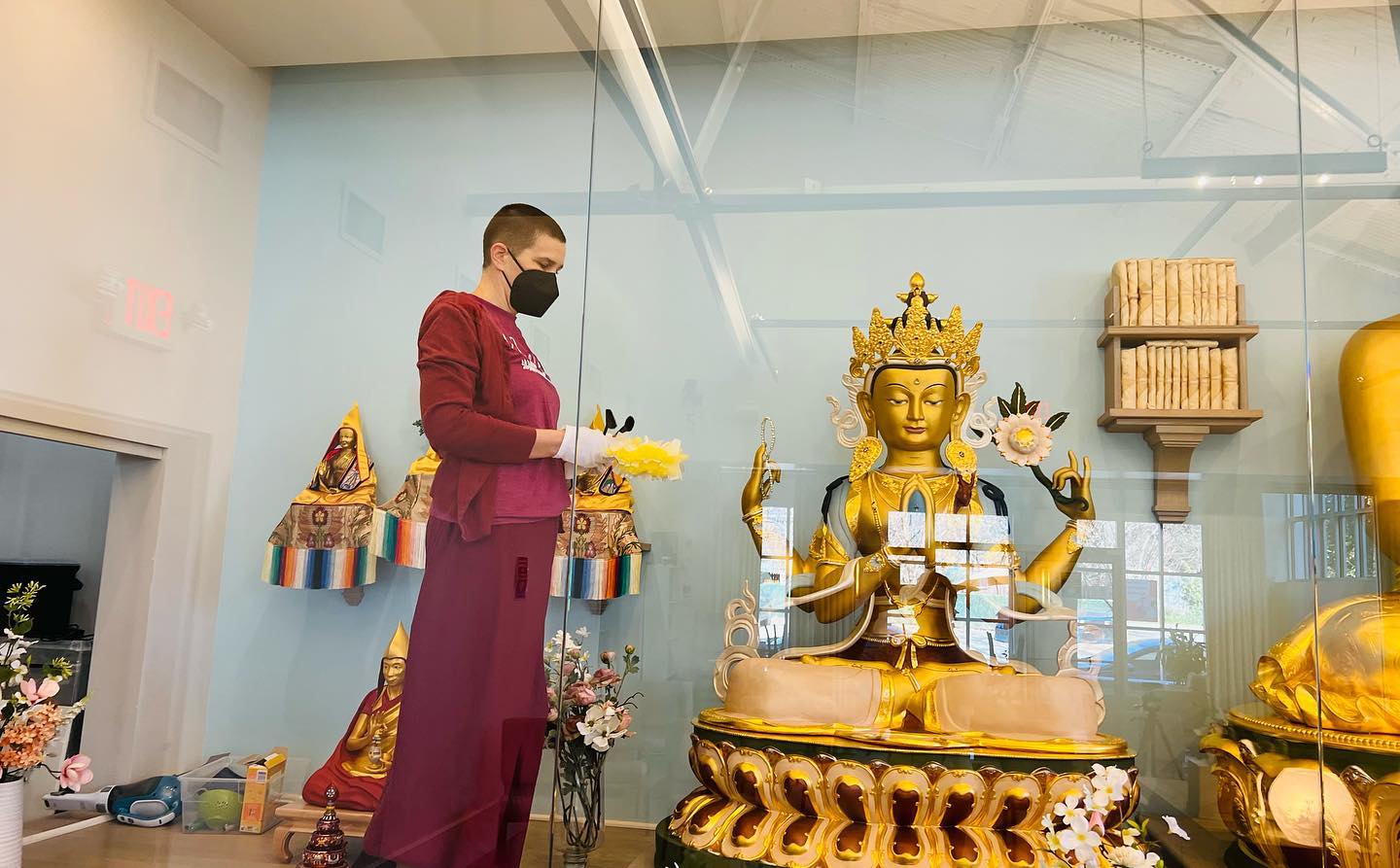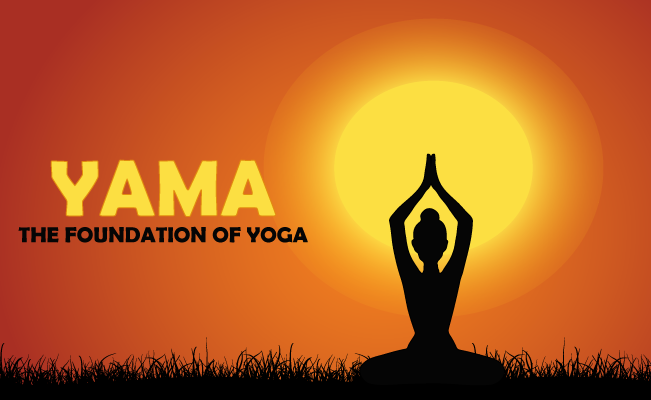4 Ways to Curb a Panic Attack with Mindfulness
Through mindfulness practice we can change the relationship we have with the anxious thoughts and feelings that surface during a panic attack. The post 4 Ways to Curb a Panic Attack with Mindfulness appeared first on Mindful.

Through mindfulness practice we can change the relationship we have with the anxious thoughts and feelings that surface during a panic attack.
By Jamie PriceNovember 4, 2024CalmMy relationship with anxiety began as I neared the end of law school. There was so much pressure to “succeed,” to find a good job and validate the investment of three years of my life.
The panic attacks would come like waves. They would start slowly and then build momentum until I was completely overtaken. I would experience physical symptoms, like blurred or tunnel vision, and would feel like the ground had disappeared beneath my feet. I had a hard time catching my breath.
At the time I was not familiar with mindfulness and meditation and the significant benefits that could result from consistent practice. I started trying out mindfulness for panic attacks and other emotionally charged moments. Eventually I learned how to change my relationship to my anxious thoughts and feelings through mindfulness practice, and in the process, found ways to curb the anxiety that used to overwhelm me.
Through mindfulness training we acknowledge that our thoughts and feelings are always changing, and learn to accommodate them with a sense of gentleness and acceptance.
Research has shown that mindfulness meditation is an effective way to reduce anxiety. Through mindfulness training we acknowledge that our thoughts and feelings are always changing, and learn to accommodate them with a sense of gentleness and acceptance. Through the process of focusing non-judgmental awareness thoughts, feelings, and sensations, we strengthen our ability to observe them without identifying with or being defined by them.
After many years of mindfulness practice, the panic attacks still come, but they arrive with much less frequency and intensity. When they do, I use a handful of methods to help me deal with them on the spot.
How to Curb a Panic Attack
1) Investigate
When I am in the grip of a particular fear, worry, or anxiety, I ask myself two questions:
2) Shift into taking deep, relaxed breaths
When I am caught up in a swirl of anxious thoughts, I’ll switch my attention to something physical, like deep relaxing breaths, shifting myself out of the mental loop that perpetuates the anxious feelings and calming my nerves. For a few minutes, focus on taking deep, calming breaths. Intentionally breathe slowly and deeply into your belly as you expand your lungs. Then without any effort, exhale naturally. Many people feel relief from anxiety after just a few minutes.
Try this guided breathing practice:
3) Connect to the senses
To create some distance from anxious, repetitive thoughts I’ll bring my attention to each of the senses, grounding myself in the present. Wherever you are, take a few slow, deep breaths, and focus your awareness on your surroundings. Look around, and take notice of what you see. Just observe the variety of colors, shapes and textures of what you see, without necessarily forming an opinion. Then focus your awareness on sound. As you listen, notice what you hear in your environment.
Try listening to the quietest sound you hear, or the loudest sound you hear. See if you can listen without applying any labels to your hearing. Next, focus your awareness on your sense of smell. What do you smell? How many different scents can you detect? Finally, bring your awareness on your sense of touch. Reach down and touch the ground beneath you with your fingertips. Notice how many different sensations you feel. See if you can describe them without thinking about whether you like or dislike the sensations.
Try this guided audio meditation to practice engaging your senses:
4) Visualize the release of anxious feelings as a cloud floating away in the sky
Take a moment to pause. Feel the weight of your body and your feet firmly rooted to the ground. See if you can find where the sensation of anxiety is located in your body, such as in your stomach, chest, or head. Slowly and gently allow yourself to feel the sensation there. Then imagine that the uneasy sensation of anxiety has gathered in that location in the form of a dark cloud. Picture it all puffy and grey.
Take a deep breath, and as you exhale, imagine that the dark cloud is expelled from your body with your outgoing breath. See the dark cloud hanging in front of you a couple of feet away, and then watch as the cloud floats away slowly like a balloon. Keep watching the dark cloud float away until it completely disappears. Try this animation to visualize letting go of negative thoughts.
It may feel challenging at first, and that’s OK! Try to be patient and gentle with yourself. With practice, turning to mindfulness for panic attacks—both as a preventive tool and an in-the-moment form of self care—becomes second nature.

 Aliver
Aliver 































